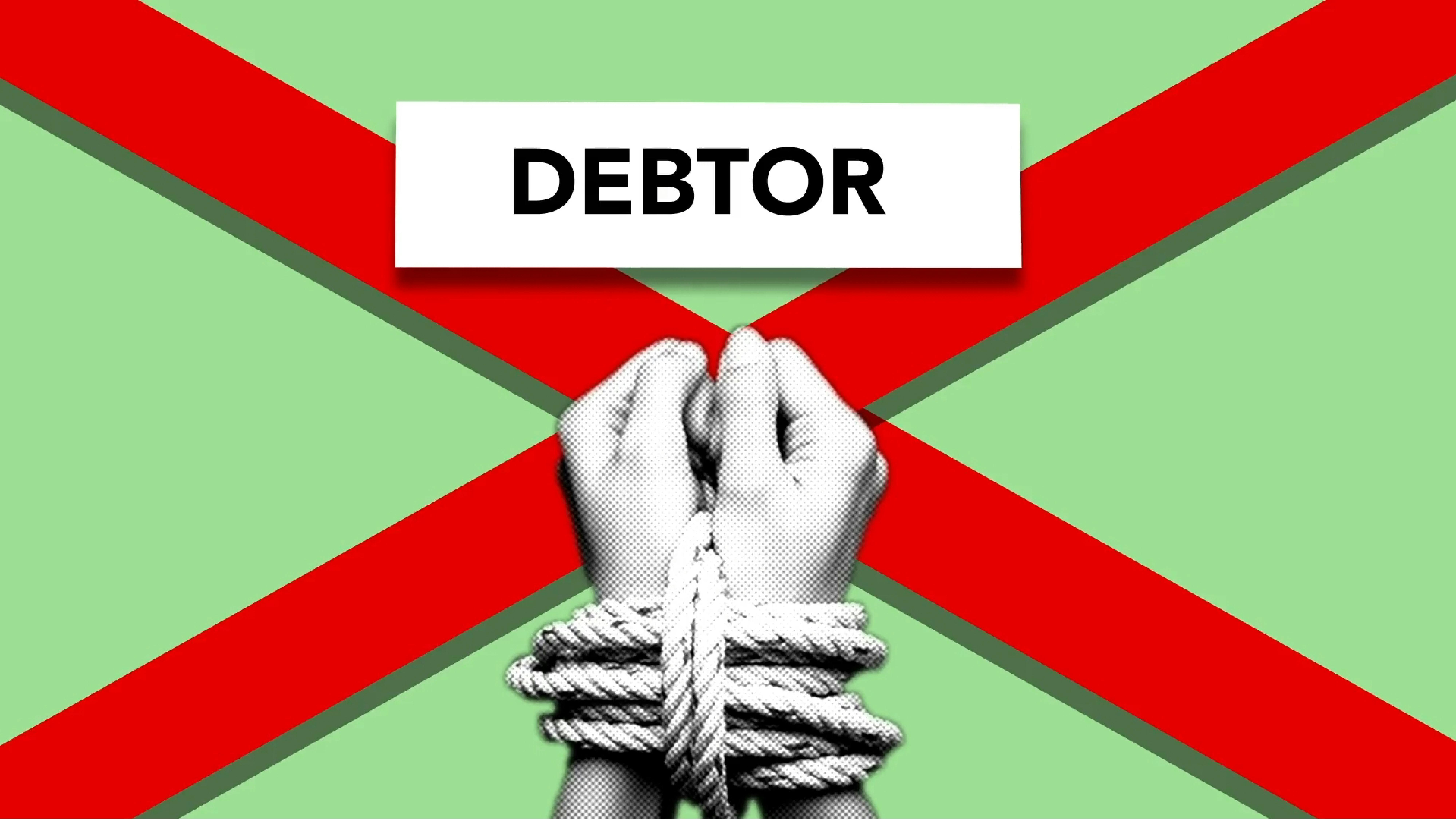Unraveling the Mystery of Phantom Debt: A Wells Fargo Economists’ Perspective
Key Takeaways
| Takeaway | Description |
|---|---|
| Phantom Debt | Understanding the elusive concept of phantom debt and its potential hazards. |
| Wells Fargo Analysis | Insights from Wells Fargo economists on the implications of phantom debt. |
| Economic Consequences | Examining the possible economic outcomes arising from unmonitored debt. |
| Consumer Protection | Strategies for safeguarding consumers from the pitfalls of phantom debt. |
| Strategies for Management | Ideas for individuals and policymakers to manage and mitigate phantom debt risks. |
| Future Predictions | Forecasting the trajectory of phantom debt in the global economy. |
What Is Phantom Debt?
Have you ever encountered the term phantom debt? It’s a bewildering concept that often goes unnoticed but has the potential to disrupt the financial stability of individuals and economies alike. Phantom debt refers to obligations that consumers believe they no longer owe, or debt that is incorrect or potentially fraudulent. So, why should you be concerned about it? Because this invisible financial burden can suddenly materialize and create substantial problems for everyone involved.
To shed light on this issue, Wells Fargo economists have voiced concerns over our collective inability to foresee when this elusive debt could trigger a significant crisis. Considering the growth of digital payment methods and the complexity of the modern financial world, it’s not surprising that tracking and recording obligations have become increasingly challenging. Here, we delve into what makes phantom debt such a threatening specter in our financial system.
The Wells Fargo Economists’ Stance on Phantom Debt
It’s no secret that economists from reputable institutions like Wells Fargo dedicate extensive research to analyze market trends and risks. When they discuss the ambiguity surrounding phantom debt, it’s a clear signal for consumers and policymakers to pay attention. Their studies suggest a lack of predictive power about when this hidden debt could escalate into substantial problems.
Their analysis touches on a range of factors—like the rise of intricate financial instruments, the proliferation of digital payment methods, and the growing prevalence of data breaches. Such phenomena make it increasingly difficult to maintain accurate records of financial responsibilities. This obscurity is what transforms phantom debt into a ticking time bomb within our economy.
Potential Economic Consequences of Phantom Debt
When phantom debt goes unchecked, it doesn’t just pose a threat to individual consumers; it could have far-reaching consequences for the broader economy. Imagine a scenario where substantial amounts of unrecognized or disputed debt suddenly flood the market. This could undermine trust in financial institutions and potentially trigger a cascade of negative economic events.
Wells Fargo economists caution that the unpredictability of phantom debt could contribute to market volatility. After all, when the foundations of credit and debt recording are shaky, the entire edifice of consumer finance becomes vulnerable. We must recognize the perils of allowing such uncertainties to fester in the global financial ecosystem.
Safeguarding Consumers from Phantom Debt
As consumers, you might wonder, how can you protect yourself against the repercussions of phantom debt? The first step is awareness—being conscious of your financial rights and regularly checking your credit records. Scrupulous monitoring can help you identify and dispute any inaccuracies or fraudulent claims before they escalate.
Besides personal vigilance, there are collective measures, such as advocating for stricter regulations around debt collection and reporting. By demanding more transparency and accountability from financial entities, consumers can compel improvements in how debt is managed and communicated. This proactive stance is not only about self-protection; it’s about enhancing the robustness of the entire payment method infrastructure.
How to Manage and Mitigate Phantom Debt Risks
Now, knowing the risks, the question is, how can you manage or even prevent phantom debt from becoming a financial nightmare? The answer lies in an array of strategies aimed at both personal fiscal responsibility and broader systemic reforms. Individuals should prioritize financial literacy and proactive debt management—regularly reviewing statements and reporting discrepancies promptly.
On the policy side, governments and regulatory bodies must implement frameworks that enhance the transparency of the debt issuance and collection process. This includes stricter standards for debt verification before it can be reported to credit bureaus or passed on to collection agencies. These changes could help nip phantom debt in the bud, ensuring that what you owe is what you are truly responsible for.
Navigating the Future of Phantom Debt
The exploration of phantom debt is yet to yield definitive solutions, mostly due to its complexity and evolving nature. Nevertheless, Wells Fargo economists and other financial experts continue to probe this phenomenon, striving to map out its potential pathways and devise ways to circumvent the dangers it poses to the global economy.
Moving forward, we’ll likely witness intensified discussions and record-keeping innovations aimed at taming the uncertainty surrounding phantom debt. For consumers, staying educated and engaged with your financial health is paramount. And for those at the helm of financial systems, constructing more resilient structures to deal with elusive debts will be crucial to maintaining economic stability. Only through combined efforts can we hope to steer clear of the substantial problems that phantom debt threatens to unleash.
Concluding Thoughts
As we’ve navigated through the intricate topic of phantom debt, we’ve uncovered the significant concerns expressed by Wells Fargo economists and the uncertainty that surrounds the issue. As a consumer, it’s crucial to remain informed about your financial obligations and the mechanisms in place that may lead to phantom debt. If you’ve found value in this exploration, remember to check your credit record regularly and practice financial vigilance.
Phantom debt might be an invisible threat, but it does not have to lead to real-life substantial problems if addressed properly. Should you have any further questions or concerns about managing your finances or understanding the intricacies of the modern economic landscape, feel free to delve deeper into the resources we offer at Geek Trend News.
The information presented in this article is for educational purposes only. Always conduct your own research before investing in cryptocurrency.
FAQ
What is phantom debt, and why should I be concerned?
Phantom debt refers to obligations that you either believe you don’t owe or are incorrect. These debts can jeopardize your financial well-being and create instability within the broader economy.
What can I do to protect myself from phantom debt?
Regularly review your credit reports, dispute inaccuracies, and advocate for regulatory reforms that ensure greater transparency in the debt collection and reporting industry.
How can phantom debt impact the economy?
Unresolved phantom debt can shake the foundations of trust in the financial system, leading to market volatility and undermining credit structures.
Are there policy measures that can address phantom debt?
Yes, governments and regulatory agencies can implement standards to improve debt verification and reporting to prevent inaccurate debt from circulating within the financial system.











